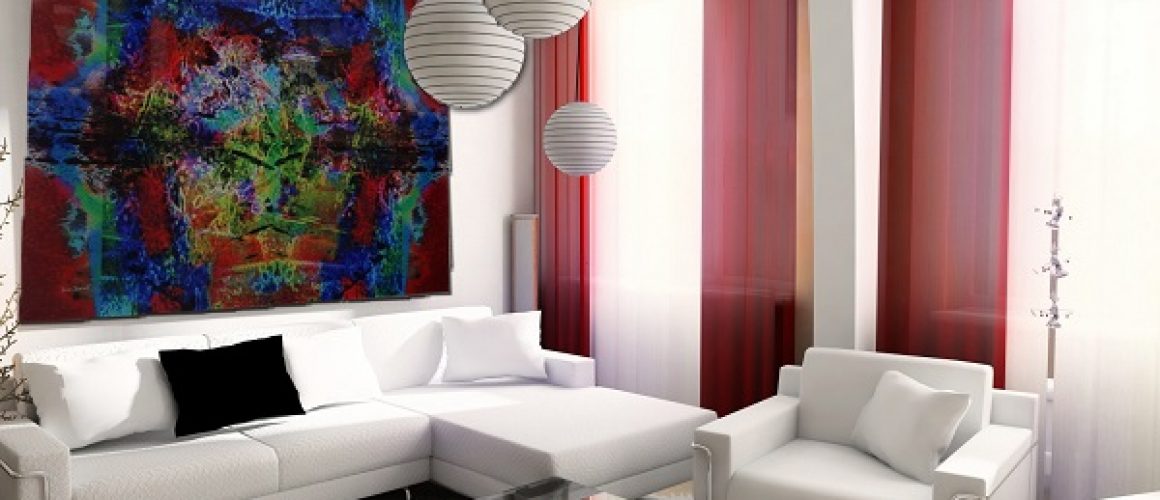Understanding Photos and the Printing Process
Not every photo is suitable to print in large format. Often, our clients ask us to produce acrylic or metal prints, using a photo found online, or taken on a cellphone. Sometimes, the photos lack the necessary pixels to create a crisp acrylic or metal print. For example, the image on the computer screen or cellphone may look good small, but will not look good when enlarged.
What is a pixel?
Pixels are the tiny dots that make up you photo. So, if your photo doesn’t have many pixels, then it is will be difficult to enlarge while maintaining image quality. DPI (dots per inch) is a determining factor when finding out if images will come out clear. Most large format printing requires DPI of 100-300. When printing large acrylics, it’s rare we receive a file that is 300 DPI. Anything above 100 is usually going to produce suitable results. However, the higher the DPI, the better. Luckily, we can increase it with software.
If you have a file that is only 50 DPI, it is possible to increase it to a higher DPI and have the image look amazing. Alien Skin Blow Up, a Photoshop program, enables us to do this. Therefore, if you start out with a file that is only 20 DPI, chances are we will not be able to produce it as a large image in a high quality because the DPI isn’t high enough. Our software does an excellent job resizing images for the home or office. For the professional market, its best to explain what the software does and make sure the client is ok with it. This software is very user friendly and does a great job. We use it often to increase file sizes of the photos we receive to produce acrylic or metal prints.
What Do I Do if My Photo is Low DPI?
So you have a photo and you love it but it has terrible resolution, what can be done? Simple, print directly onto brushed aluminum. Metal hides image perfections because of the texture. Brushed aluminum prints have an abstract sculptured feel to them. To add an extra wow factor we can add varnish which will create a glossy look.
Go smaller because bigger does not always mean better. It’s possible that you want an acrylic print that is 40-30 but it will look better at 36-24. At 40-30 it is 60 DPI but at 36-24 it is 160 DPI. Again, it’s always better to use an organic image without using a software to increase it. You can always go down to a smaller size and have even better image crispness. Its always about the DPI. What you want at 40-30 may look best at at 20-30 inches. If you are a naturalist and don’t want to use software best to go smaller.
How Do I Check the Size of My Image?
If you don’t have Photoshop to check the DPI of the photo:
- Right click your photo – At the bottom click properties
- On top of the page, click details
- There will be pixel dimension near the midway point
- If the pixel dimensions are 2888- 4000
- 2888 / 150 = 19.25 4000/150=26.6
- 2888/100 = 28.8 4000/100 = 40
So, in this example, your acrylic photo print can be produced at the highest quality scale of 19.25 by 26.6 or the lowest quality at 40-28.8. Both will print very well. However, if you were extremely critical of the process we would be send the image to for you to check yourself.
There is no simple fix if you have a small file and want to increase size. These are just a few options you can try. We are always here to discuss options and discuss your project.




